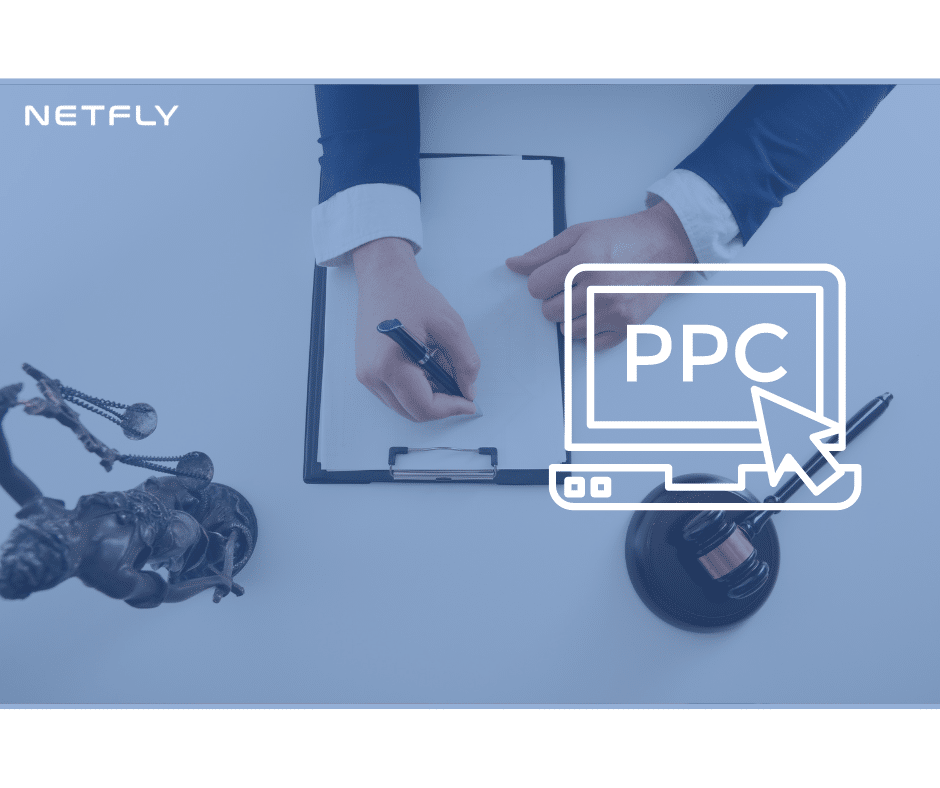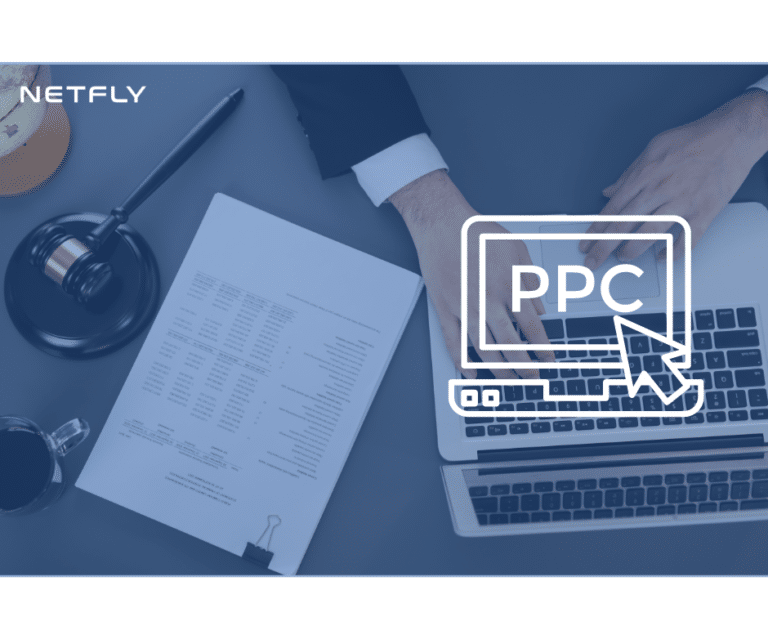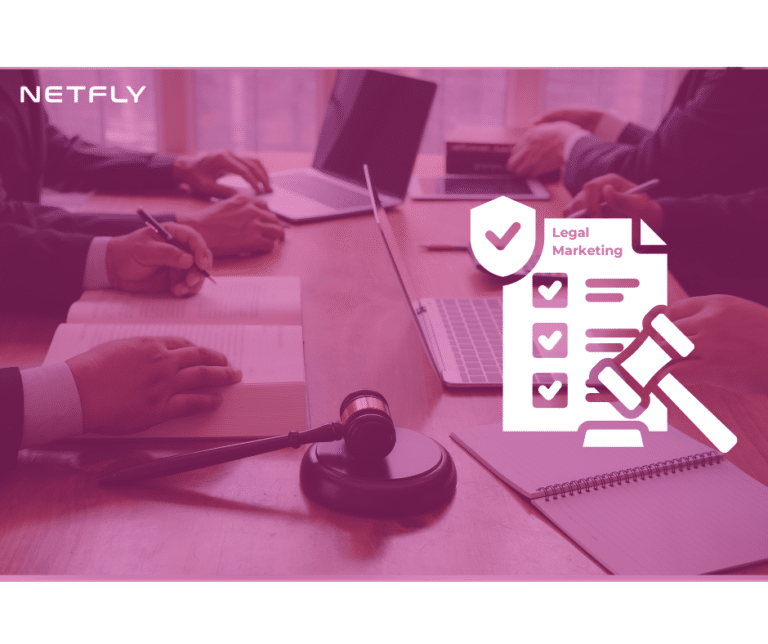Boost your firm’s ROI by mastering top PPC tactics, starting with robust keyword research. Focus on long-tail and high-intent keywords, and leverage tools like SEMrush and Ahrefs for competitive advantage. Craft compelling ad copies enriched with urgency and social proof, then fine-tune through A/B testing. Utilize intelligent bidding techniques by analyzing historical data and automating bids for best results. Target your audience precisely using demographic and psychographic insights to connect deeply. Enhance your landing pages for quick load times and engaging user experiences. Track conversions and analyze competitor strategies to stay ahead. Discover more to elevate your strategy.
Key Takeaways
- Conduct thorough keyword research using tools like SEMrush to identify high-intent keywords and drive targeted traffic.
- Optimize ad copy by implementing A/B testing and using compelling, emotional headlines to enhance click-through rates.
- Utilize automated bidding strategies to maximize ROI based on historical performance data and bid simulation insights.
- Enhance landing pages by optimizing call-to-action elements, ensuring fast load speeds, and improving user-centric design.
- Leverage audience segmentation by focusing on demographic and psychographic targeting to increase relevance and connection.
Keyword Research Strategies
Access the potential of your PPC campaigns by mastering keyword research strategies that drive measurable results. Start with long tail keywords, which are highly specific phrases often less competitive, yet they capture intent accurately. By focusing on these, you’ll attract a more targeted audience, leading to higher conversion rates. For instance, instead of targeting “shoes,” consider “women’s running shoes for flat feet” to connect with users ready to purchase.
Next, conduct a competitor comparison to understand the landscape better. Analyze which keywords your competitors target and identify gaps in their strategy. Tools like SEMrush and Ahrefs can reveal valuable insights into competitors’ keyword choices. By understanding their strengths and weaknesses, you can adjust your approach to capture unserved segments and outmaneuver them in search results.
Incorporate data into every decision. Study search volume, competition, and cost-per-click for each keyword. Prioritize those with a balance of high intent and manageable competition. This strategic approach guarantees your PPC budget is spent effectively, maximizing ROI. By refining your keyword research strategies, you’re not only optimizing PPC campaigns but also reinforcing your firm’s market presence with precise targeting.
Ad Copy Optimization
Effective ad copy optimization is essential for maximizing your PPC campaign’s ROI. By focusing on strategic ad copy testing and employing advanced copywriting techniques, you can significantly enhance your campaign’s performance. Start by crafting compelling headlines that grab attention and succinctly convey your unique value proposition. Analyze your competition’s ads to identify gaps in their messaging and capitalize on those opportunities.
Ad copy testing is a powerful tool to determine which messages resonate best with your audience. Implement A/B testing by creating multiple versions of your ad copy and measuring their performance against key metrics like click-through rate (CTR) and conversion rate. Use data-driven insights from these tests to refine your messaging strategy and continually enhance your ad effectiveness.
Incorporate proven copywriting techniques, such as urgency and social proof, to persuade potential customers. Phrases like “limited time offer” or “trusted by thousands” can drive higher engagement. Remember, the goal is to connect emotionally with your audience while clearly communicating the benefits of your product or service.
Target Audience Segmentation
To maximize your PPC campaign’s ROI, leverage demographic targeting strategies by analyzing data on age, gender, and location to reach the most relevant audience segments. Utilize behavioral insights to understand user actions and preferences, allowing you to tailor ads that resonate with potential customers’ interests and needs. By strategically segmenting your audience, you can allocate your budget more efficiently and increase conversion rates.
Demographic Targeting Strategies
Understanding your audience is essential for maximizing your return on investment (ROI) in pay-per-click (PPC) campaigns. Demographic targeting strategies allow you to reach the right people at the right time, enhancing your campaign’s effectiveness. By leveraging geographical segmentation, you can focus your ads on specific regions, ensuring your message resonates where it matters most. For instance, if your product caters to urban professionals, directing your PPC efforts towards metropolitan areas will likely yield better results than targeting rural locations.
Incorporating psychographic insights into your demographic targeting further refines your approach. By understanding your audience’s values, interests, and lifestyles, you can craft ads that speak directly to their needs and desires. This strategic alignment not only boosts engagement but also drives conversions, as your audience feels personally connected to your brand.
Using data-driven demographic targeting strategies, you’ll create a more personalized and impactful PPC campaign. This precision not only optimizes spend but also enhances overall ROI. Remember, a well-targeted audience is more likely to respond positively, making your PPC efforts both efficient and effective. Embrace these strategies, and watch your ROI soar as you connect with the ideal audience.
Behavioral Insights Utilization
How can you further refine your PPC campaigns to maximize ROI? Utilize behavioral insights to tap into consumer psychology and enhance your targeting strategies. By understanding your audience’s behavior, you can craft personalized messaging that resonates and drives conversions. Here’s how to strategically implement these insights:
- Analyze User Behavior: Dive deep into analytics. Track how users interact with your ads, what pages they visit, and the duration of their engagement. This data helps you understand their preferences and tailor your messaging accordingly.
- Segment Your Audience: Use behavioral data to create precise segments. Identify patterns and categorize users based on their actions, such as previous purchases or browsing history. This segmentation enables you to deliver personalized messaging that addresses specific needs.
- Leverage Retargeting: Re-engage users who’ve interacted with your brand but haven’t converted. Retargeting allows you to refine your approach by focusing on consumer psychology, reminding them of their interest with tailored ads.
- Optimize Ad Copy: Continuously test and refine your ad copy based on behavioral insights. Experiment with different messages to find what resonates most, ensuring your personalized messaging aligns with your audience’s motivations.
Effective Bidding Techniques
When it comes to maximizing your firm’s ROI through pay-per-click (PPC) advertising, mastering effective bidding techniques is crucial. Strategic budget allocation guarantees that you’re not overspending on low-performing keywords but rather investing in those that drive conversions. Analyze historical performance data to identify which keywords deliver the highest return and adjust your budget allocation accordingly. Prioritize high-intent keywords that align with your audience’s search behavior, allowing your ads to appear in prime positions.
Ad placement plays an important role in bidding success. Competing for the top ad slots on search engine results pages (SERPs) can greatly increase visibility and click-through rates. Utilize data-driven insights to determine the best bid amount that secures these top positions without exhausting your budget. Tools like Google Ads’ Bid Simulator can offer valuable projections on how bid changes might impact your ad placement and overall performance.
Incorporate automated bidding strategies, such as Target CPA or Target ROAS, to dynamically adjust bids based on real-time data. These strategies leverage machine learning to optimize your bids align with your ROI goals, ultimately leading to more efficient spending. By refining your bidding techniques, you can achieve a competitive edge and significantly enhance your firm’s ROI.
Landing Page Enhancements
To greatly boost your ROI, focus on landing page improvements by optimizing your call-to-action, which can increase conversion rates by up to 121%. Guarantee your page load speed is under three seconds, as 53% of users abandon sites that take longer. Streamlining navigation flow further enhances user experience, reducing bounce rates and driving more successful conversions.
Optimize Call-to-Action
A landing page’s call-to-action (CTA) is often the linchpin of your PPC success, directly influencing conversion rates and ROI. By strategically optimizing your CTA, you can notably increase conversions and enhance user experience. Here’s how:
- Craft Compelling Copy: Your CTA should speak directly to the user’s needs and desires. Use action-oriented language that encourages users to take the next step. For example, instead of “Submit,” try “Get Your Free Guide.”
- Leverage A/B Testing: Data-driven decisions are essential. Test different CTA designs, placements, and wording to identify what resonates best with your audience. Small tweaks can lead to remarkable improvements in conversion rates.
- Enhance Visual Appeal: Make your CTA button stand out with contrasting colors and clear typography. A visually striking CTA grabs attention and guides users toward the desired action without causing friction in the user experience.
- Ensure Mobile Responsiveness: With a notable portion of traffic coming from mobile devices, your CTA must function seamlessly across all platforms. A responsive design enhances user experience and maximizes conversion potential.
Improve Page Load Speed
Improving page load speed is crucial for optimizing your landing page’s performance and boosting your PPC campaign’s ROI. Research shows that for every second of delay, conversion rates drop by 7%. To maximize returns, focus on mobile optimization. With over 50% of web traffic coming from mobile devices, a slow-loading page can lead to a high bounce rate, costing you potential conversions.
Start by implementing image compression. Large image files are often the main culprits behind sluggish pages. Compressing images reduces file size without sacrificing quality, greatly speeding up load times. Tools like TinyPNG or ImageOptim can automate this process, making it hassle-free.
Additionally, consider leveraging browser caching and minimizing HTTP requests. These strategies reduce load times by storing elements locally and limiting server calls. Remember, a delay of even 100 milliseconds can impact user engagement.
Streamline Navigation Flow
Navigational clarity acts as the compass guiding visitors through your landing page, directly impacting your PPC campaign’s success. A streamlined navigation flow enhances the user experience, increasing the likelihood of conversions. To accomplish this, consider these strategic steps:
- Prioritize Simplicity: Overcomplicated menus can frustrate visitors. Make sure your website design features a clean, straightforward menu with intuitive categories. Users should reach their desired information in three clicks or less.
- Incorporate Visual Cues: Use contrasting colors and clear call-to-action buttons to direct users’ attention. This tactic reduces bounce rates and encourages deeper exploration of your offerings.
- Optimize for Mobile: With over 50% of web traffic coming from mobile devices, make sure your landing page is responsive. A mobile-friendly design enhances user experience, which is essential for retaining potential customers.
- Conduct A/B Testing: Regularly test different navigation setups to identify what works best for your audience. Data-driven insights can reveal patterns that optimize user flow and increase ROI.
Conversion Tracking Setup
Harness the power of data with a robust conversion tracking setup to maximize your firm’s ROI. By implementing precise conversion tracking, you gain invaluable insights into customer behavior and engagement. Start by identifying your key conversion actions—be it form submissions, purchases, or sign-ups. Use these metrics to refine attribution modeling, ensuring you know exactly which touchpoints drive conversions. This clarity allows you to allocate your budget more effectively and enhance campaign optimization.
Incorporating conversion tracking empowers you to engage in accurate ROI tracking. You’ll have a clear view of your investment returns, enabling data-driven decisions. With performance measurement at your fingertips, you can identify which campaigns are thriving and which need adjustment. This strategic insight helps you focus your resources on high-performing areas, boosting your overall growth and profitability.
Don’t underestimate the value of detailed tracking codes and pixels. They’re essential for gathering the data you need. Regularly review your tracking setup to address discrepancies or opportunities for improvement. By doing so, you’ll harness the full potential of your PPC efforts, elevating your firm’s performance and ensuring sustainable, measurable growth.
A/B Testing Methods
A/B testing is a powerful technique that allows you to make informed decisions about your PPC campaigns by comparing two versions of an element to determine which performs better. It’s important for optimizing your conversion rate and enhancing performance metrics. To get started, follow these strategic steps:
- Identify Key Elements: Choose specific elements to test, such as ad headlines, call-to-action buttons, or landing page layouts. This focus allows you to clearly see which factors impact your conversion rate.
- Set Clear Goals: Define the objectives of your A/B test. Are you looking to increase clicks, conversions, or engagement? Establishing clear goals ensures your performance metrics are aligned with your business objectives.
- Implement the Test: Run your test with a statistically significant sample size. Make sure both versions are exposed to similar audience segments to avoid skewed results. Precision in test execution is important for obtaining reliable data.
- Analyze Results: Examine the performance metrics to determine which version achieved a higher conversion rate. Use these insights to refine your PPC strategy and implement the winning variant.
Competitor Analysis Insights
Understanding the competitive landscape is vital for enhancing your PPC strategy and maximizing ROI. By conducting competitor analysis, you gain insights into industry benchmarks, which allows you to measure your performance against top players. This insight is pivotal for identifying gaps in your strategy and seizing opportunities to outperform your competitors. When you know where you stand, you can make informed decisions to optimize budget allocation and keyword targeting, directly impacting your ROI.
Start by analyzing your competitors’ ad copy and landing pages. What messages are they emphasizing? How are they positioning their brand? By understanding their brand positioning, you can refine your own messaging to create a unique value proposition that resonates with your target audience. Tools like SEMrush and Ahrefs can provide detailed analytics on your competitors’ campaigns, helping you identify their strengths and weaknesses.
Additionally, monitor their bidding strategies and ad placements. Are they focusing on certain keywords or ad types? This knowledge helps you adjust your bids strategically, ensuring your ads appear at the right time and place. By leveraging these insights, you can fine-tune your PPC strategy, ensuring it’s agile and competitive, ultimately boosting your firm’s ROI.
Frequently Asked Questions
How Do Seasonal Trends Affect PPC Campaign Performance?
You’re analyzing performance; seasonal trends can greatly impact PPC campaigns. Adjust your keyword strategy to align with these fluctuations. By doing so, you’ll optimize ad spend, attract relevant traffic, and ultimately maximize your return on investment effectively.
What Are the Common Pitfalls When Managing PPC Budgets?
When managing PPC budgets, avoid common pitfalls like poor budget allocation and incorrect keyword selection. Strategically allocate funds to high-performing keywords and analyze data to guarantee you’re investing where it counts, minimizing wasted spend and maximizing ROI effectively.
How Can Mobile Optimization Impact PPC Results?
Mobile optimization can skyrocket your PPC results by improving conversion rates and maximizing reach. When your site loads quickly and looks stunning on mobile, you’ll capture more clicks and conversions, leading to measurable improvements in campaign performance.
What Role Does Ad Scheduling Play in PPC Success?
Ad scheduling is essential for PPC success. By using ideal timing and strategic campaign scheduling, you target peak engagement periods, maximizing ad visibility and ROI. Proper scheduling guarantees your budget is spent efficiently, enhancing overall campaign effectiveness.
How Do Negative Keywords Influence PPC Campaign Efficiency?
Negative keywords enhance your PPC campaign efficiency by ensuring keyword relevance and refining campaign targeting. They prevent irrelevant clicks, reducing costs and boosting ROI. Strategically employing them increases ad precision, ensuring your budget effectively reaches the right audience.
Conclusion
You’ve gained valuable insights into boosting your firm’s ROI through strategic PPC tactics. Remember, “the early bird catches the worm,” so act fast and implement these strategies. By mastering keyword research, optimizing ad copy, and segmenting your audience, you’ll outpace competitors. Fine-tune your bidding, enhance landing pages, and set up precise conversion tracking. Don’t forget A/B testing and competitor analysis for continuous improvement. With data-driven decisions, your ROI will soar. It’s time to take action!










